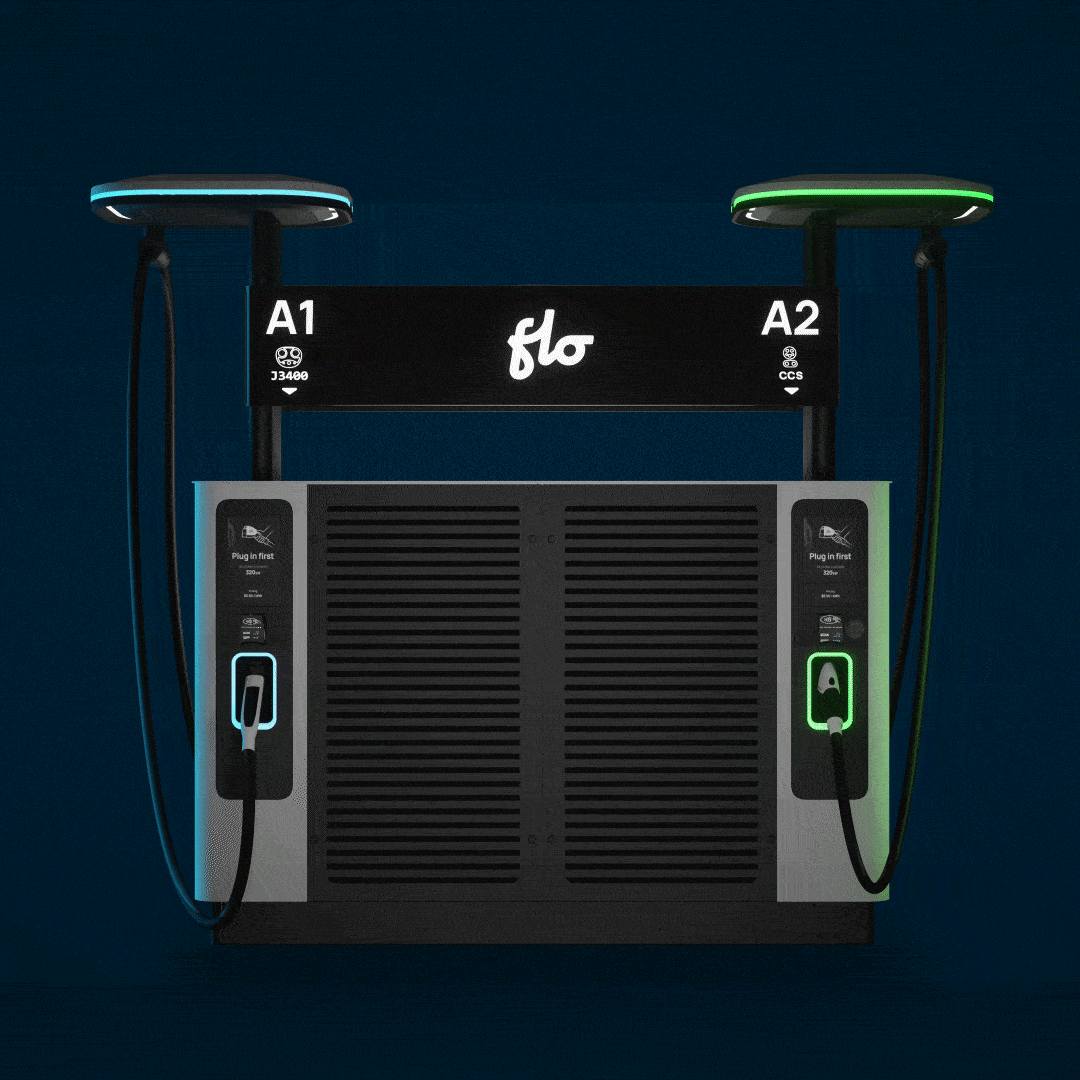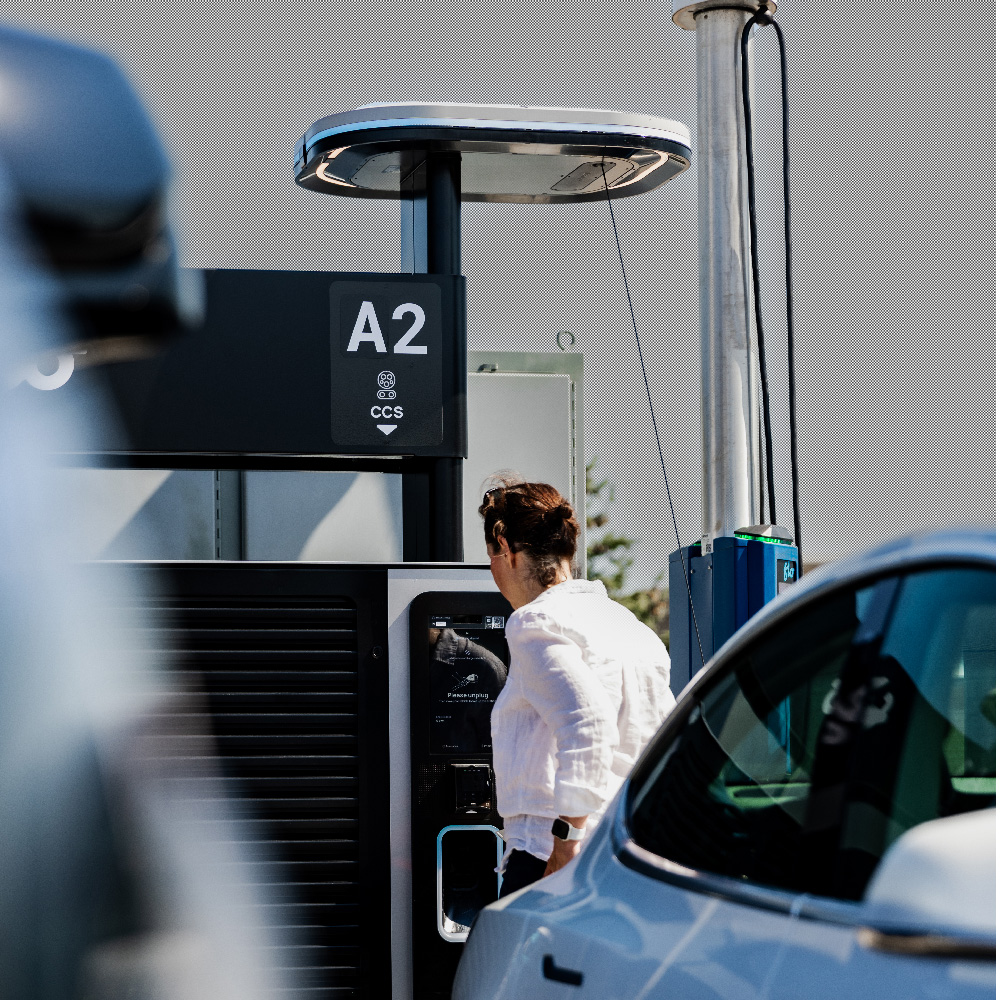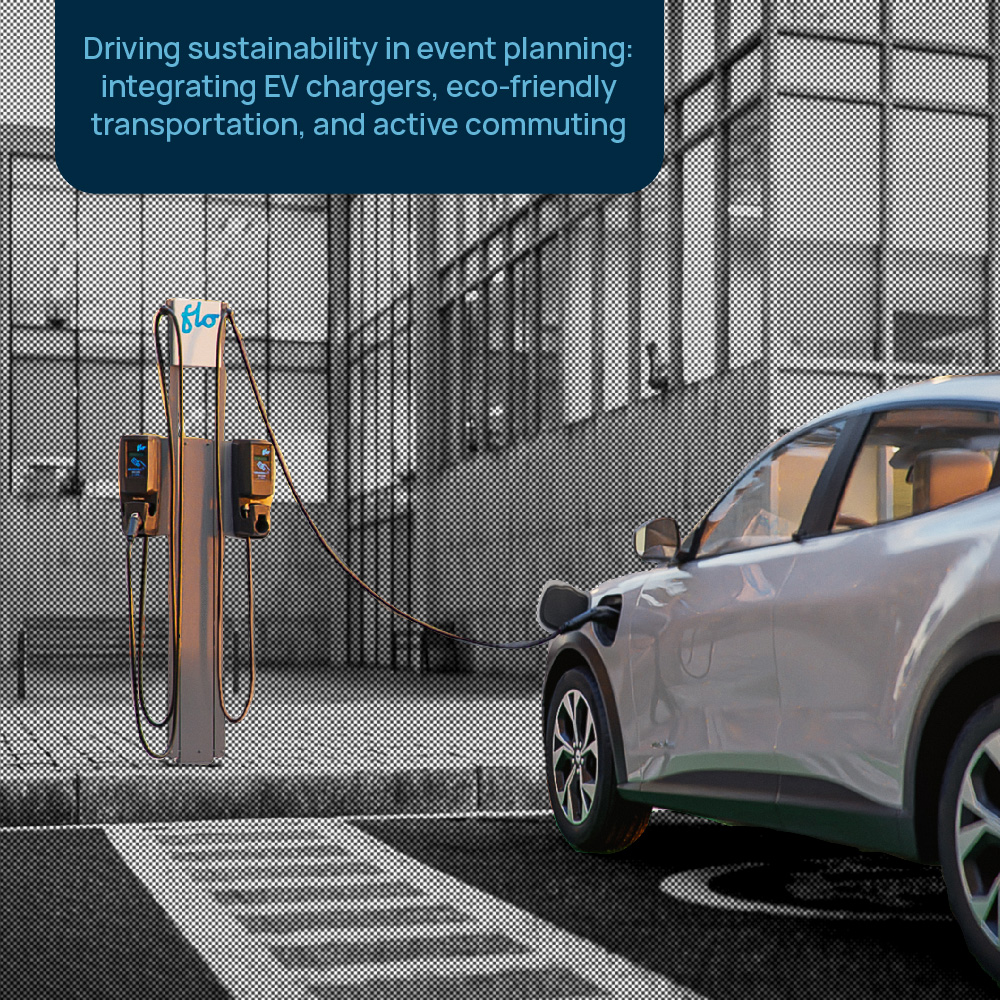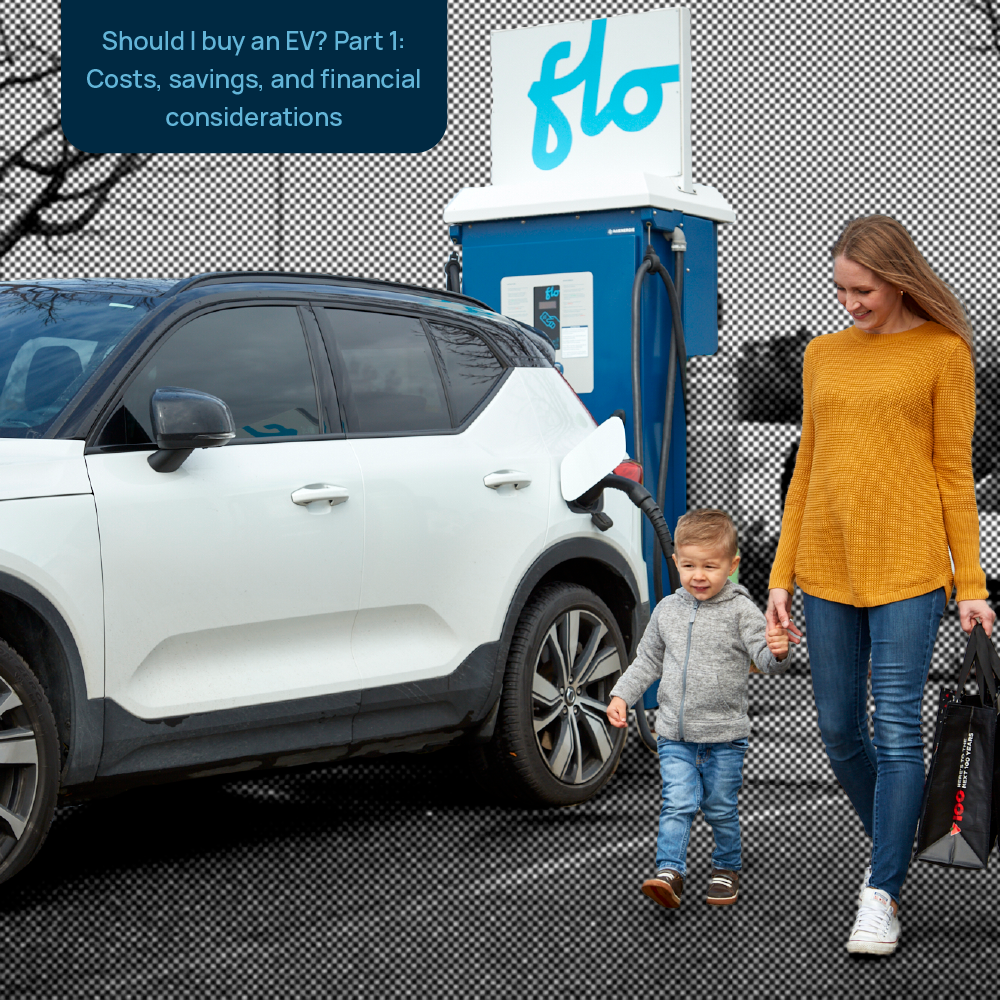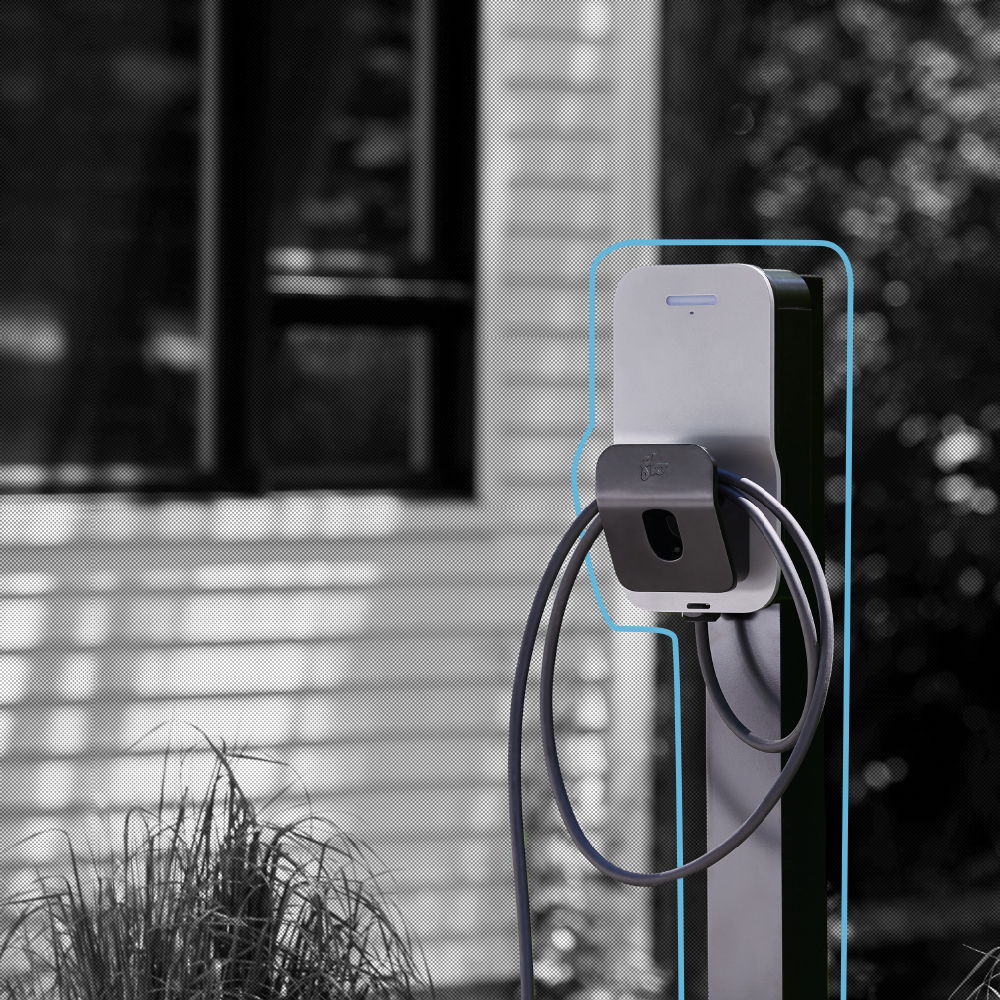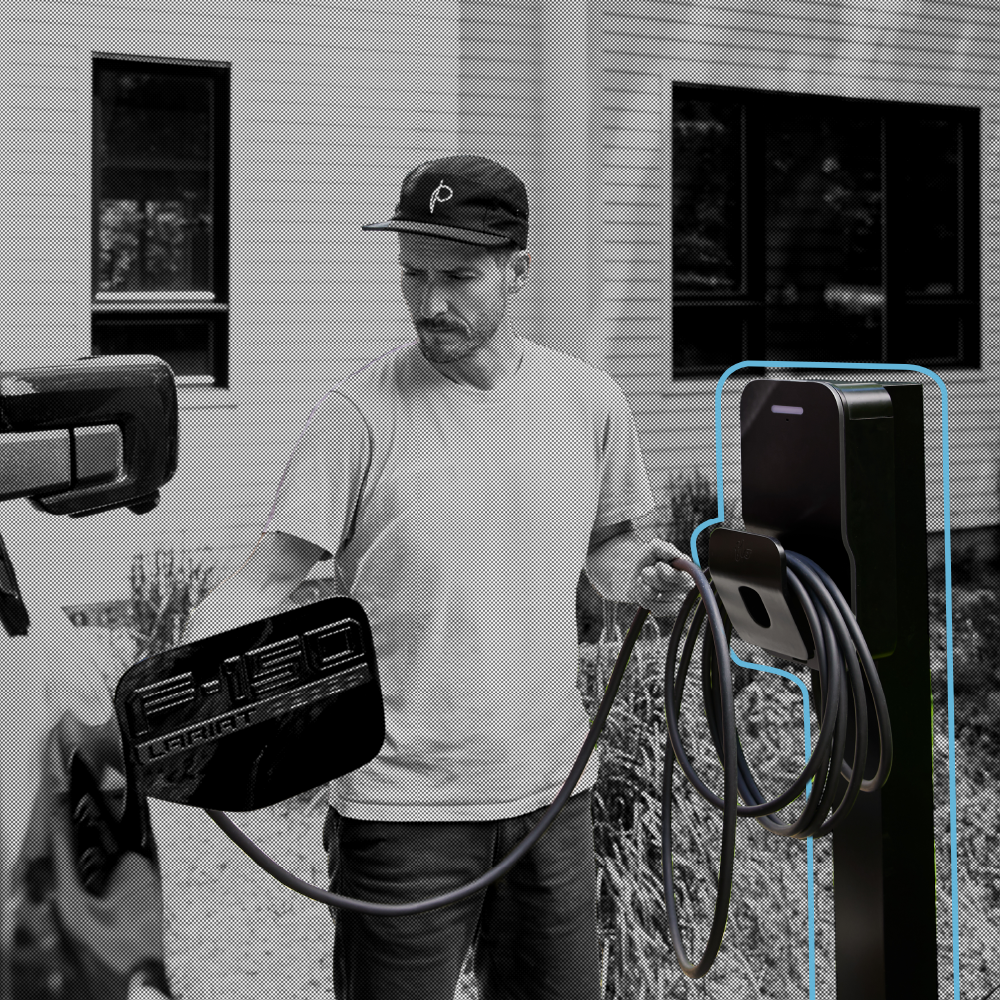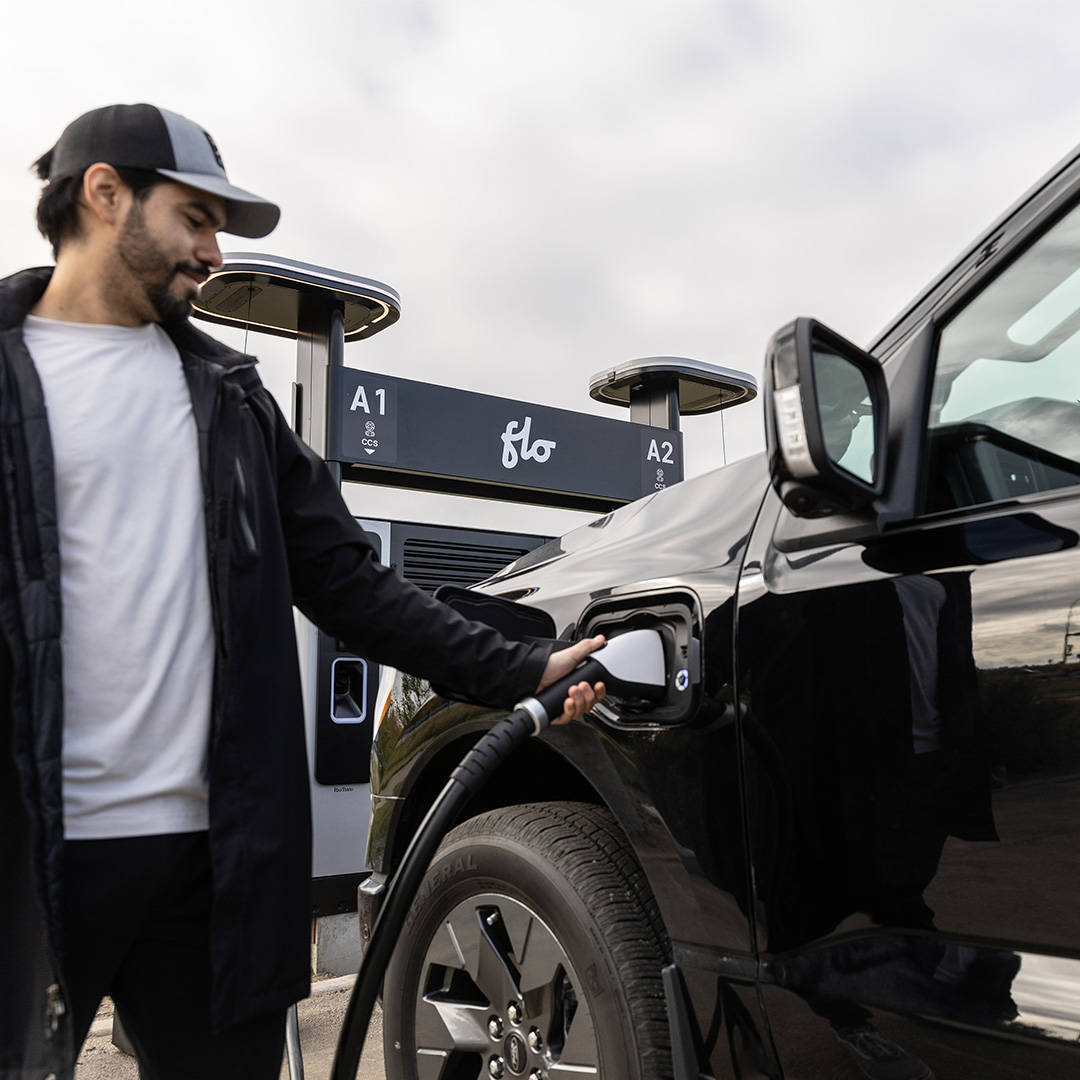Public Electric Vehicle Charging: are Women’s Voices Being Included?
By Gemma Trigueros, UX designer at FLO
When I started working at FLO about a year ago, I had a basic idea of what an EV was. I knew they were cars that needed charging, but that’s about it (if you had asked me what L1, L2, or L3 were back then, I would probably have guessed they were subway lines! Turns out they are different types of chargers).
I was excited to work in an industry that has such a big impact on people’s lives though.
EV charging: different experiences, different points of view
Since then, I’ve spoken with hundreds of EV drivers to better understand how EV charging works — and does not work — from their point of view.
During one of my first research projects exploring public charging, I noticed that people identifying as women perceived the EV world differently. However, if you look at most articles about EVs and EV charging, you rarely hear what women have to say about the industry.
My team and I quickly realized that women were particularly focused on pain points related to safety. When it comes to electric vehicle charging stations, many experts talk a lot about performance, uptime, and speed. But charging site safety? Not so much.
Did you know that today, at least 85% of car purchasing decisions are made by women, but only 27% of those women choose to buy an electric car? Why is that?
Inclusive panels for inclusive products
With the support of FLO I decided to take matters into my own hands and launch qualitative research focused on women.
The research was not only centered around how women lived or viewed public charging, but also how they navigated shared spaces (since public chargers are found in public areas). My team and I talked to FLO users and non-users in North America, who drove an EV and had experience with public charging. I’m excited to share some of our findings, in the hopes that more people will get curious about how different individuals are experiencing EV charging and take their points of view into consideration – just like FLO did when it designed its new DC fast charger, FLO Ultra.
Now, keep in mind that anyone can experience these issues. But, during my research, these three issues were voiced mostly – if not exclusively – by women.
1. Most women participants feel intimidated by the EV charging experience
When asked about how they experienced charging at a new station, most women felt somewhat anxious. Participants said they avoided public stations or networks where they have never charged before because they thought it might be difficult or confusing to understand how to start the session.
One participant asked her husband to teach her how to do it the first time, and most turned to online forums in search of help. To avoid stress, they created a habit of only using stations they were familiar with, and rarely ventured beyond networks they knew well.
We’ve thought of two ways to address this concern. First: education. EVs are a relatively new technology, and many people still have questions – especially about EV charging. That’s why, since my research began, FLO has launched a blog and a podcast. Speaking of which, if you have questions about using public charging stations for the first time, check out this article about EV charging etiquette.
We are also focusing on intuitive and user-focused designs for our new product lines. FLO Ultra, our newest fast charger, is a good example of what can be achieved when UX and industrial design come together. In fact, feedback from my team’s study directly informed many of the design choices behind this product: intuitive state-of-charge indications using colored lights, simple-to-use and lower interfaces to increase accessibility among users of different heights, separate screens for more privacy, a low-profile horizontal design that allows users to see behind the charger… the list goes on!
2. Heavy cords and accessibility are a problem
“[The problem is] usually with fast chargers. It’s stressful getting the CHAdeMo all plugged in properly. There are sometimes angles that are a bit of a pain and the cables are so much heavier. It’s a bit harder to manage.”
That’s the feedback we received from an EV driver in Vancouver. Others echoed her concerns. Furthermore, they experienced an extra difficulty if they had to plug in the cable with only one hand: for example, they found it laborious to plug in the car when using their other hand to activate the session on their phone, or hold an umbrella because it was raining. Limited space due to parking configurations only added to the problem.
Our team addressed this issue with the FLO Ultra fast charger. Its motorized cable management system makes moving cables around a breeze, and its modular design allows for multiple parking configurations including pull-through parking, which is similar to a gas station. If you want to see how easy it is to move FLO Ultra’s heavy cables around, check out this video explaining how our patent pending motorized system works. It almost feels like zero-gravity cable management!
3. Women don’t always feel safe using public charging stations
This was a big one for us. If we’re going to accelerate mass EV adoption, we need users to feel safe – day or night. Unfortunately, the women we talked to did not always feel safe using different charging networks. All of them tried to avoid charging at night. Some even said that they never charged at night because they didn’t want to put themselves in a dangerous position.
“I didn’t feel safe at the parking site, so I didn’t want to get out. Me and my kids just sat in the vehicle for two hours,” said a driver from Vancouver. “I want to be around people to feel safe,” said another one from New York City.
As more women will be driving EVs in the future, and since a lot of them share a fear of being alone at night in isolated places, the industry will have to address this concern.
One step towards increasing safety at charging sites, in our opinion, is visibility. To achieve this, we opted for a low-profile horizontal design, as opposed to the vertical design often adopted for fast chargers. Almost anyone can see over and behind FLO Ultra, which improves the sense of security since users won’t feel like someone could approach them and hide without their knowledge. That’s also why we opted for a high canopy with overhead lighting for our newest fast charger design. While the location of a charger is dependent on electric infrastructure availability, we can make charging sites safer by making them visible from a distance.
Want to know more about equity in the EV world? Listen to this podcast featuring Gemma!
All aboard towards a greener and more inclusive future
This research was eye-opening enough that it had a company-wide impact, since our findings helped influence future solutions. When it came to design, these findings allowed us to add new criteria for the future of FLO’s EV charging solutions.
Almost all of the participants we spoke with said their initial motivation to go the EV route was to help combat climate change and lower their emissions. But most of them ended up loving driving an EV for many other reasons, even more than a combustion vehicle! They felt safe behind the wheel of their cars, as they felt like their EV responded to their inputs faster than other vehicles.
Here’s hoping that every player in our industry joins us in making women feel the same way about EV charging!
If you want to help us improve the user experience, join our panels! We’re always looking for feedback – no matter who you are and what type of car you drive!

